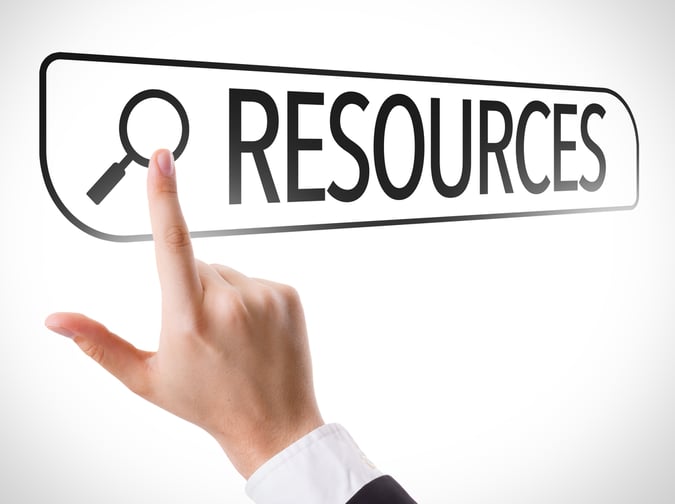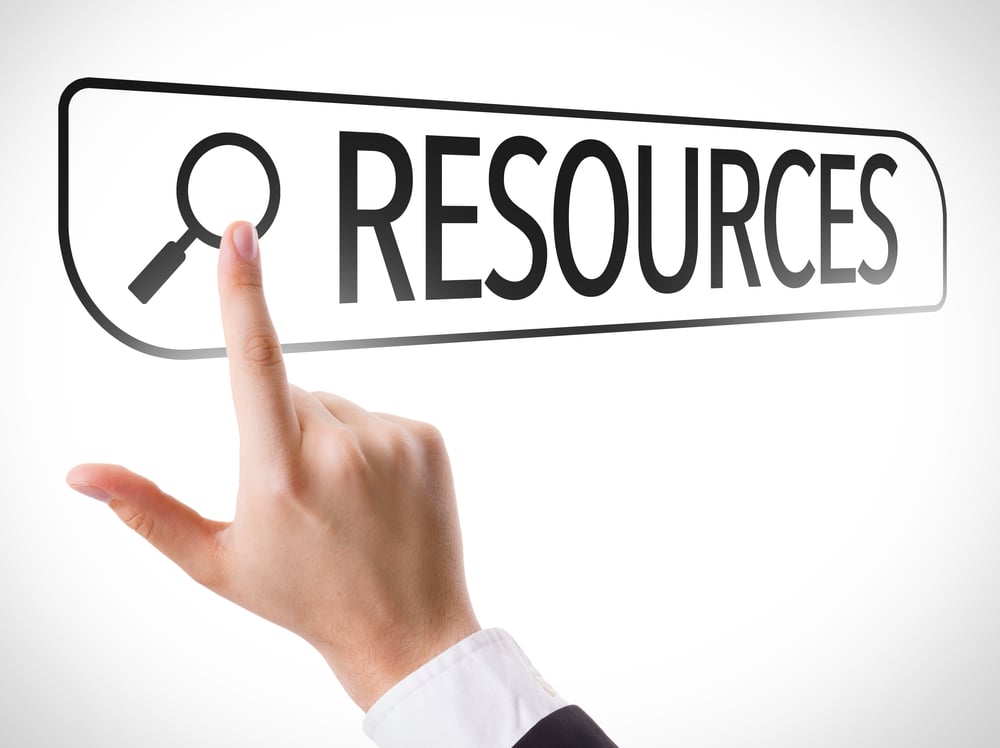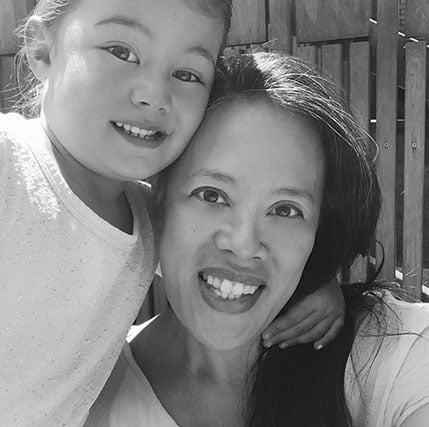
If you just glanced at the title and are trying to SCAN the paragraphs to get the highlights, then STOP. I don’t believe that there are any real quick tips on how to use the resources around you as a learning and teaching tool because learning how to use your environment is actually a shift in mindset. It begins with this crucial first step: awareness. It means, STOP for a moment, LOOK at where you are, and then JUST BE there.
Where are you right now? What are you doing? What are you trying to accomplish? How? How are you engaging with the place you are in? Why are you reading this?
Resources are tools to supplement any experience, adult or child, educational or recreational. Part of the process of effectively utilizing the resources around you is understanding the motivation to use them in the first place. Is a classroom topic dry and in need of some dynamic or differentiated instruction? Are your funds limited? Is there a block on time that needs to filled with an activity? Do your kids need to be engaged more? Are you lacking a connection to the real world or outside environment? Do you have something you want to share to enhance someone else’s learning?
You can look online for the resources in your community, county, or city, but your learning experience will only be as diverse and deep as your awareness of the environment you are wanting to explore. As a resident of one of the greatest cities in the world, my resources seem unlimited. NYC is full of museums, cultural organizations, diverse restaurants, music venues, parks, educational programs, and a broad range of vocations to research. Yet, none of it can be beneficial or enriching if I am not aware or interested in any of it as a learning resource.
In the last few decades, there have been more educational approaches that incorporate the use of external resources as classroom enrichment such as Walking Classrooms, City as Classroom, and even Museum Education strategies that deal with visual literacy. In my work in youth development, professional development, and now parent development (being a mom), I have realized that a shift in mindset starts with a simple awareness and then a dialogue about your environment. This shift allows for an experience to be maximized and a wealth of learning to become visible when you really look at something, like the brilliant light in the grain of sand, and can ignite the transformation from constant educator to constant learner.
Here are some guiding questions to shift your mindset to be more resource-oriented:
- What is this environment?
- What is here? Literally?
- What do I do here?
- How do I interact with this space?
- What do I interact with frequently? Occasionally? Never? Why?
- How many things can I explore in this environment?
- How would this be of any interest to anyone?
- What is one thing in this environment that I can focus on?
- How can I unpack that? What can this connect to?
- How can I make this really relevant and interesting?
- When can I start?
Here are some examples of this put into practice:
|
|
|
|
|
|
So let’s end where we started. Where are you right now? What are you doing? Now that I have shared my guiding questions on how to use resources around you, perhaps your answers will be different from before.
Please share with us some of your own your strategies for using the resources around you teaching tools. Facing a challenge? Share that too! We’ll help troubleshoot with you.



Comments [0]
Click here to read/write comments